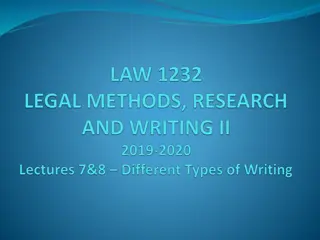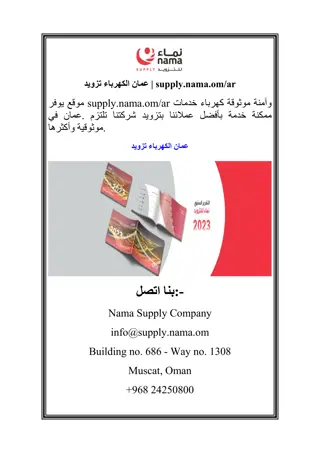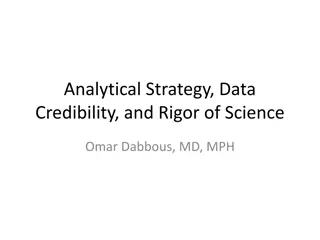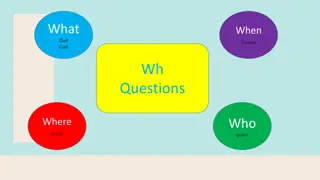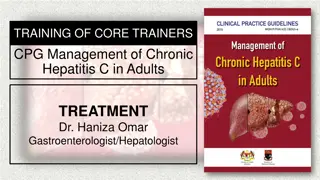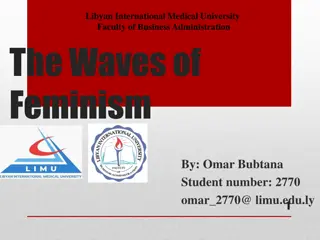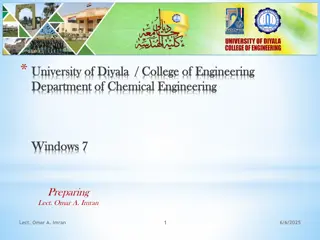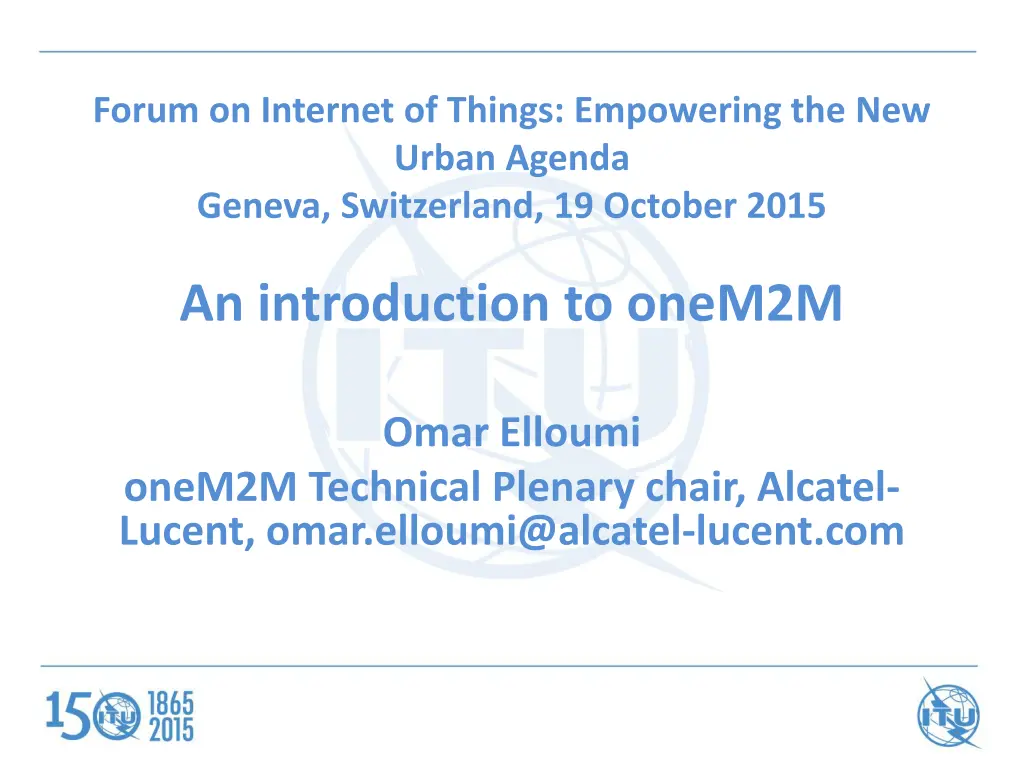
Understanding oneM2M Architecture Approach
Explore the architecture approach of oneM2M in empowering the new urban agenda through the common service layer, communication technologies, and protocols. Discover how IoT is evolving with a focus on standardization, security, and interoperability.
Download Presentation

Please find below an Image/Link to download the presentation.
The content on the website is provided AS IS for your information and personal use only. It may not be sold, licensed, or shared on other websites without obtaining consent from the author. If you encounter any issues during the download, it is possible that the publisher has removed the file from their server.
You are allowed to download the files provided on this website for personal or commercial use, subject to the condition that they are used lawfully. All files are the property of their respective owners.
The content on the website is provided AS IS for your information and personal use only. It may not be sold, licensed, or shared on other websites without obtaining consent from the author.
E N D
Presentation Transcript
Forum on Internet of Things: Empowering the New Urban Agenda Geneva, Switzerland, 19 October 2015 An introduction to oneM2M Omar Elloumi oneM2M Technical Plenary chair, Alcatel- Lucent, omar.elloumi@alcatel-lucent.com
M2M Common Service Layer in a nutshell It is a software layer It sits between M2M applications and communication HW/SW that provides data transport It normally rides on top of IP It provides functions that M2M applications across different industry segments commonly need. Those functions are exposed to Applications via IT-friendly APIs. It allows for distributed intelligence (device, gateway, cloud apps) It is based on RESTful APIs and resources
Standardization approach Architectur e APIs and protocols Use cases Requireme nts Test and Interop IotDM Security & privacy IP Reference points Automotive communications Restful webservices APIs Reuse of existing protocols Semantics framework (future) Device Management Device certification Home Energy Data exchange Open source E-Health Interworking
oneM2M Architecture approach Pipe (vertical): 1 Application, 1 NW, 1 (or few) type of Device Point to point communications Horizontal (based on common Layer) Applications share common service and network infrastructure Multipoint communications Application Application Application Business Application Application Common Service Layer Common Service Layer Things representations Communication Network (wireline, wireless, Powerline ..) Communication Network 2 Communication Network 1 IP Gateway S Gateway A S A S LocalNW A Local NW A A Device Device A Device Device Device Things S A Common Service Layer Application
oneM2M Architecture approach Automotive Application Home Application Energy Application Automotive Application Home Application Energy Application Common Service Layer Communication Technologies & Protocols Communication Networks Communication Devices & Hardware Currently developed solutions are similar are vertically integrated, with limited integration of data models (Zigbee, DLMS for smart meters, etc.). Horizontal framework, Restful API Objects represented as resource Access control policy to access resource IoT will be based on ontologies (formal description of concepts and relationships, e.g. W3C Semantic Sensor Network) as well as big data frameworks TOMORROW IoT enabled IoT ready
Why does it matter Healthy eco-system with economies of scale More partnering choices and opportunities for M2M/IOT industry stakeholders Combat fragmentation Standardized protocols / APIs -> simplifies application development/deployment Cross-vertical standards -> same devices and back-ends in different industries Lower CAPEX Standard features to use networks more efficiently -> get better tariffs Flexibility for verticals -> utilize best transport network meeting business needs Lower OPEX Reduced development, test and deployment lifecycles through focusing on core business (application logic) Time to Market
Technical Specifications Requirements Functional Architecture TS-0001 (WI-0002) Definitions & Acronyms TS-0011 (WI-0003) Service Layer Core Protocols TS-0004 (WI-0009) TS-0002 (WI-0001) HTTP Protocol Binding TS-0009 (WI-0013) CoAP Protocol Binding TS-0008 (WI-0012) Management Enablnt - OMA TS-0005 (WI-0010) Management Enablnt - BBF TS-0006 (WI-0010) MQTT Protocol Binding TS-0010 (WI-0014) Security Solutions TS-0003 (WI-0007) Service Components TS-0007 (WI-0011) ftp://ftp.onem2m.org/Work Programme/
Technical View Application Layer AE AE AE Mca Mca Mca Service Layer CSE CSE CSE CSE Mcn Mcc Mcn Mcn Mcc Mcn Mcc Underlying Network Underlying Network Network Layer NSE NSE NSE NSE Other Server Device Gateway Server Entities AE (Application Entity), CSE (Common Services Entity) and NSE (Network Services Entity) Reference Point One or more interfaces - Mca, Mcn, Mcc and Mcc EXAMPLE REQUEST GET http://provider.net/home/temperature/la HTTP/1.1 Host: provider.net X-Orig: /CSE-1234/WeatherApp42 X-M2M-RI: 56398096 Accept: application/vnd.onem2m-res+json EXAMPLE RESPONSE HTTP/1.1 200 OK X-M2M-RI: 56398096 Content-Type: application/vnd.onem2m-res+json Content-Length: 94 {"ri":"28375964","cnf":"application/json:0", "con":"{'timestamp':1413405177000,'value':25.32}"} Source N. Damour, Sierra Wireless


